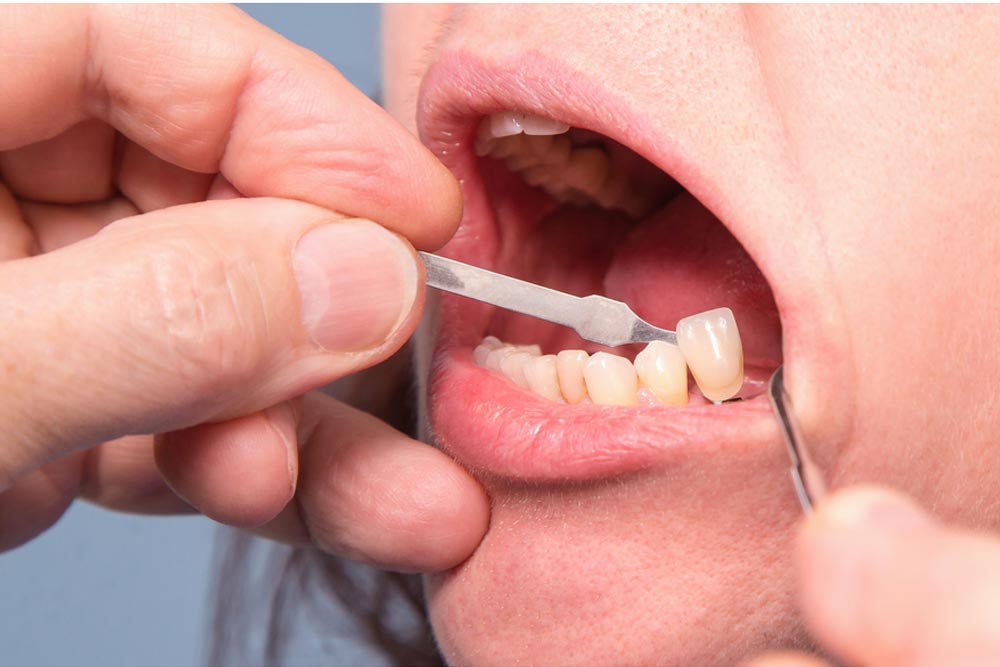Fillings have been a standby for repairing cavities for all of modern dentistry. However, there are times when damage or decay makes the use of a filling impractical or even impossible. When this happens, it becomes necessary to use a crown. The placement of a crown starts with the removal of all decayed dental tissue. Once completed, the remaining tissue is shaped into an appropriate mounting point for a dental restoration known as a crown. This procedure saves the living root of your tooth, which is essential to lasting oral health.
The Many Benefits Of Dental Crowns
Our team may suggest that you receive a dental crown for a variety of reasons. It’s possible that you have teeth that are decayed, misshapen, or damaged in a way that prevents the use of more conservative methods. Other reasons that our team may suggest a crown include:
- You have teeth that are fractured or broken
- Avoiding damaging an already cracked tooth further
- A large filling isn’t sufficient to address the damage
How Dental Crowns Are Applied
Receiving a dental crown is a relatively routine procedure, typically taking no more than one or two appointments. During your first appointment, your tooth will be shaped to make it possible for the finished crown to be placed on it. Our team will start by providing an anesthetic to eliminate any potential discomfort while we reshape the tooth. Following the shaping of the tooth, your attending dentist will take an impression of the tooth. This is typically accomplished with digital imaging, but a bite tray or putty may be necessary in some cases.
The crown will be shaped in our office with the use of a CEREC device. This makes it possible to produce your new crown during the first visit in the majority of cases. Once it is finished, the crown will be inspected for fit and color matching. If found acceptable, it will be fitted onto the mounting point made earlier. In the event that a second visit is necessary, a temporary crown will be placed until the next visit.
Three Common Types Of Dental Crowns
One decision that needs to be made is what form of crown you’d like to receive. There are three primary types of dental crown available:
- Metal Crowns – Metal crowns aren’t terribly common in modern dentistry but can be made on request. In most cases, these are made from platinum, palladium, gold, or other elements. They can preserve more of the healthy tissue of the tooth and rarely chip or break. Unfortunately, they’re also very conspicuous.
- Ceramic or Porcelain Crowns – This is the type of crown that is made with the use of a CEREC device. They provide the most natural appearing color and are reasonably durable, making them the preferred restoration material.
- PFM Or Porcelain-Fused-To-Metal – This crown is a combination of metal and porcelain. PFM crowns use a ceramic cap that’s placed on a metal base. This provides the durability of metal with the beauty of porcelain. In some cases, a thin metal line is visible at the restoration’s base.
Speak to Our Team For More About Dental Crowns
This information provides you with a brief introduction to dental crowns as restorations. Our team in Poughkeepsie, NY, is available to answer any questions or concerns you may have. Contact our office and schedule your visit with our staff.
